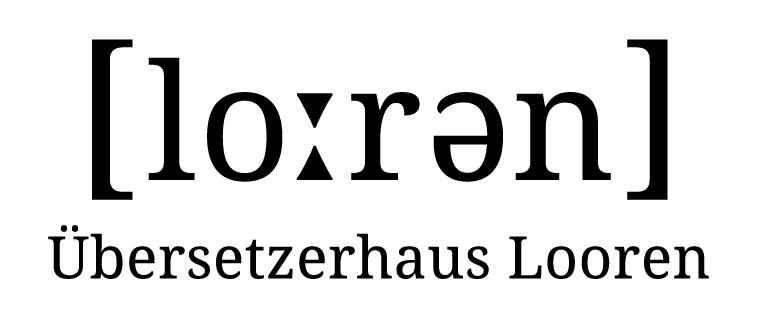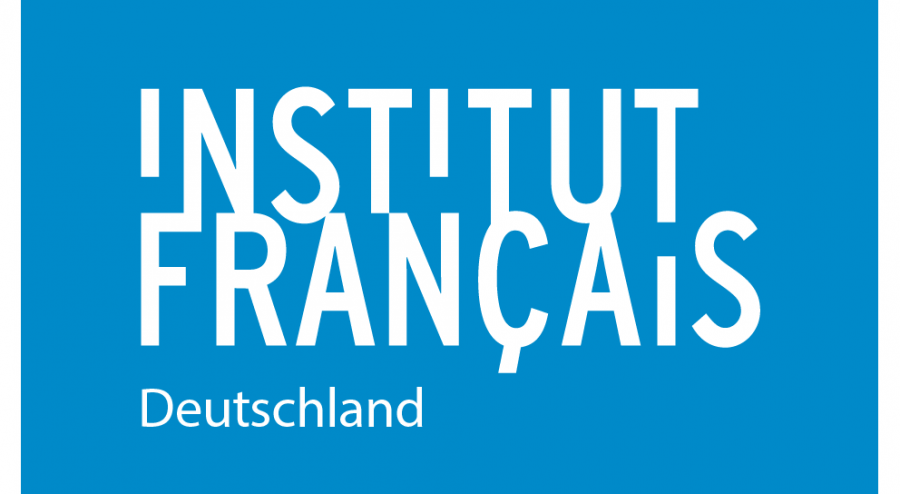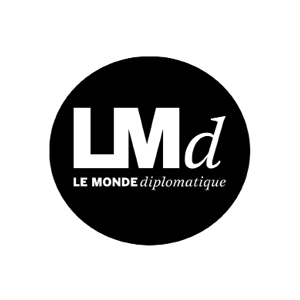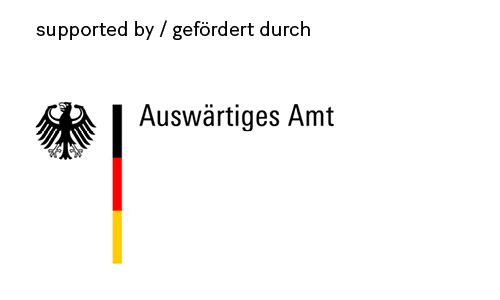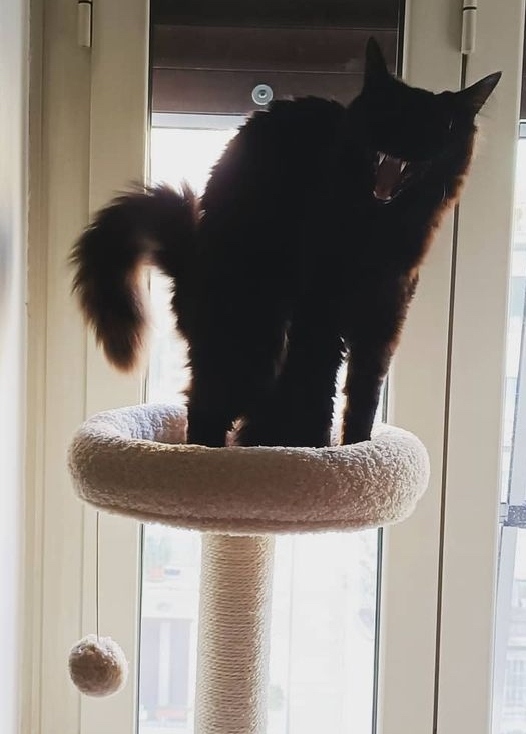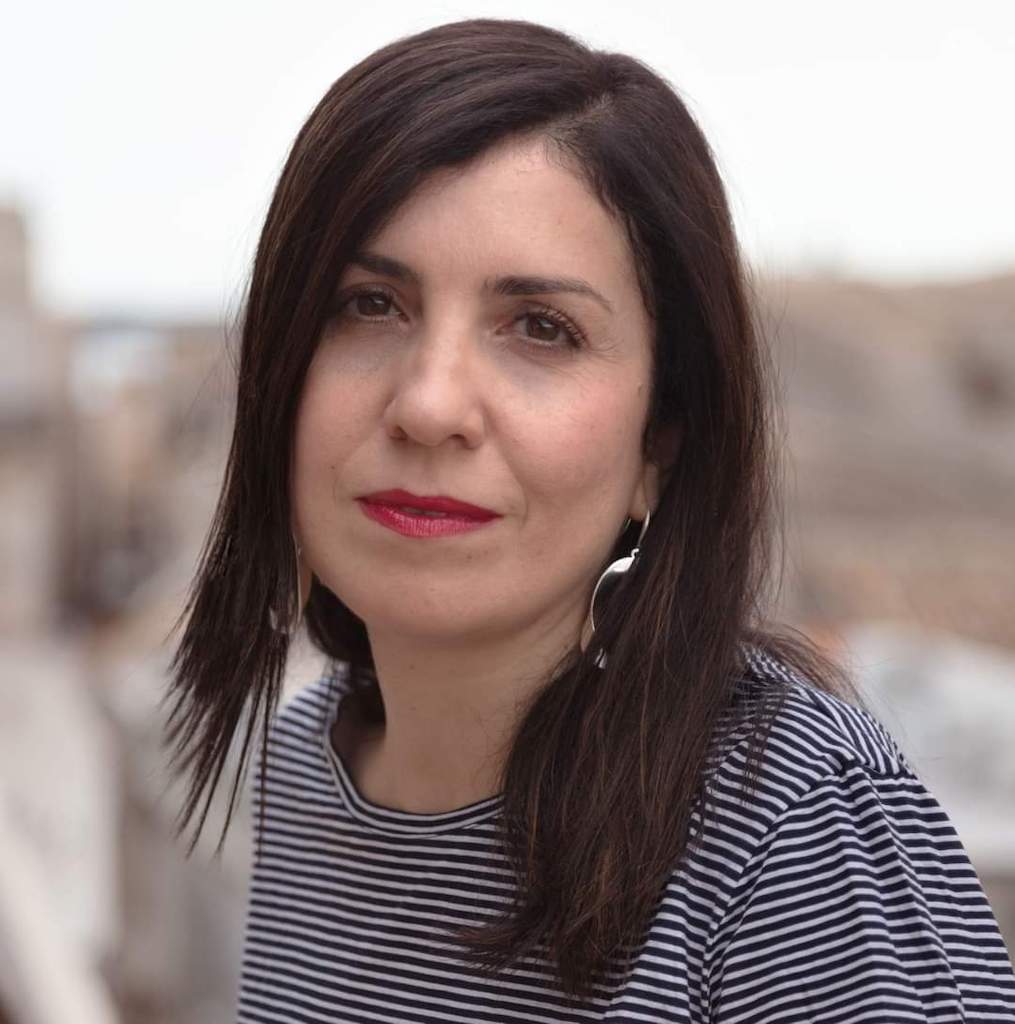Aida e la pandemia
Si può imparare da un gatto. Si può imparare molto da un gatto stando in casa. Si può imparare moltissimo da un gatto stando in casa durante una pandemia.
Una delle mie due gatte, Aida, quando è arrivata ha dormito per una notte sotto una cassapanca e per due notti sotto il letto. Tutto per lei era estraneo, tutto potenzialmente spaventoso. Mentre sua sorella esplorava e ogni tanto tornava sotto il letto a portarle dispacci, a raccontarle come si stava là fuori e forse a rassicurarla, Aida si faceva vedere poco. Quando si palesava, della casa le piacevano i posti più strani. Durante il lockdown, le nostre case ci si sono spalancate come caverne e ci hanno inghiottito come voragini. Dovevamo stare confinati lì dentro e dovevamo amare ciò che vi avevamo accumulato: libri, utensili, ricordi, troppi vestiti, oggetti di cui non c’importava niente ma che faticavamo a buttare, pezzi della nostra vita di cui non ci eravamo mai sbarazzati e che adesso si riempivano di polvere e interrogativi. La casa era un posto sicuro, la casa era un posto estraneo. Aida la temeva e la esplorava solo di notte. Di notte, all’inizio della pandemia, io non dormivo ed esploravo sogni che proseguivano le notizie e i telegiornali. Degeneravo, degeneravamo tutti. Sognavo gatti che mi mordevano le orecchie e mi leccavano i capelli.
La prima notte in cui Aida è arrivata a casa mia, ho aperto gli occhi in mezzo al buio e lei era vicino ai miei piedi, disegnava movimenti sinuosi con il suo pelo lungo. Accarezzami, diceva il suo corpo, ma senza accarezzarmi davvero. Allungavo la mano e lei si ritraeva. Mi ritraevo e lei sporgeva il muso e si avvicinava un po’. La ignoravo, e inarcava la coda. Mi avvicinavo e si metteva sull’attenti.
Il gioco dei corpi, durante questa pandemia in cui possiamo e non possiamo toccarci, somiglia a quel balletto che non ho mai dimenticato: abbracciami, ma senza abbracciarmi. Avvicinati, ma proteggiti. Proteggimi. Porgimi una mano, ma non minacciarmi, non mettermi in pericolo. Trova, col tuo corpo, un nuovo modo per amarmi.
Aida und die Pandemie
Man kann von einer Katze lernen. Man kann viel von einer Katze lernen, indem man einfach Zuhause bleibt. Man kann richtig viel von einer Katze lernen, indem man während einer Pandemie Zuhause bleibt.
Als Aida, eine meiner beiden Katzen, zu mir kam, schlief sie eine ganze Nacht unter einer Kommode und für zwei Nächte unterm Bett. Alles war für sie fremd, alles potentiell furchterregend. Während ihre Schwester ihr Umfeld erkundete und manchmal unter das Bett zurückkehrte, um ihr zu berichten, um ihr zu erzählen, was da draußen vor sich ging, und vielleicht, um sie zu beruhigen, ließ Aida sich wenig sehen. Wenn sie aber auftauchte, gefielen ihr die merkwürdigsten Orte des Hauses. Während des Lockdowns haben sich uns unsere Wohnungen wie Höhlen eröffnet und sie haben uns wie ein Schlund verschluckt. Wir waren in sie verbannt und wir mussten lieben, was wir darin gesammelt hatten: Bücher, Werkzeuge, Erinnerungen, zu viele Klamotten, Gegenstände, die uns nichts bedeuteten, die wir aber schwer wegwerfen konnten, Stücke aus unserem Leben, die wir nie ausgemistet hatten, und auf denen sich jetzt Staub und Fragen ansammelten. Das Haus war ein sicherer Ort, das Haus war ein fremder Ort. Aida fürchtete sich davor und erkundete es nur nachts. Nachts, am Anfang der Pandemie, schlief ich nicht; ich erkundete Träume, die die Meldungen und die Abendnachrichten fortsetzten. Ich verwahrloste, wir alle verwahrlosten. Ich träumte von Katzen, die mich in die Ohren bissen und über meine Haare leckten.
In der ersten Nacht, die Aida in meinem Haus verbracht hat, öffnete ich die Augen in der Dunkelheit und sie war bei meinen Füßen, strich um sie herum, ihr langes Haar schwang mit der Bewegung hin und her. Streichle mich, sagte ihr Körper, aber ohne mich wirklich zu streicheln. Ich streckte meine Hand aus und sie zog sich zurück. Ich zog meine Hand zurück und sie streckte ihre Nase nach vorne und nährte sich ein bisschen. Ich schenkte ihr keine Beachtung und sie wölbte ihren Schwanz. Ich näherte mich ihr und sie stand stocksteif.
Das Spiel der Körper während dieser Pandemie, in der wir uns berühren können und nicht können, ähnelt diesem Tanz, den ich nie vergessen habe: Umarme mich, aber ohne mich zu umarmen. Komm näher, aber beschütze dich. Beschütze mich. Streck die Hand nach mir aus, aber bedrohe mich nicht, bringe mich nicht in Gefahr. Finde, mit deinem Körper, eine neue Art, mich zu lieben. Sonne.
Übersetzung: Giorgio Ferretti
Aida and the pandemic
It is possible to learn from a cat. It is possible to learn a lot from a cat by staying at home. It is possible to learn
even more from a cat by staying at home during a pandemic.
When Aida – one of my two cats – arrived home, she slept for an entire night under a chest and for two nights under the bed. Everything was foreign to her, everything was, potentially, terrifying. Whilst her sister would go exploring – sometimes going back under the bed to bring her messages, to tell her what it was like outside, perhaps to reassure her – Aida would rarely show herself in public. Whenever she’d come out, she would pick the strangest places in the house. During the lockdown, our homes opened up to us like caves and swallowed us up like a chasm. We were forced to be inside and to love what we’d hoarded: books, tools, memories,(too many) clothes, objects we didn’t care for but that we couldn’t throw away nevertheless, bits
of our life we never got rid of and that were now just gathering dust and questions. The home
was a safe place, the home was a foreign place. Aida feared it and only explored it at night.
During the night, at the onset of the pandemic, I couldn’t sleep and so explored dreams which were a continuation of the news on tv. I was deteriorating, and so was everyone else. I dreamt of cats biting my ears and licking my hair.
The first night Aida got home, I opened my eyes through the darkness and saw her next to my feet, making slinky movements with her long fur. Stroke me, her body was saying, without stroking me. I stretched my hand out and she would withdraw. I withdrew and she would stick
her head out, getting a bit closer. I ignored her, and she would arch her tail. I got closer, and she
would stand to attention.
The game between bodies, during this pandemic in which we can and cannot touch each other, reminds me of this dance I never forgot: hug me, without hugging me. Come closer, but protect yourself. Protect me. Offer me a hand, but don’t threaten me, don’t put me in danger. Find, within yourself, a new way to love me.Übersetzung: Maddalena Vatti
Teilen


